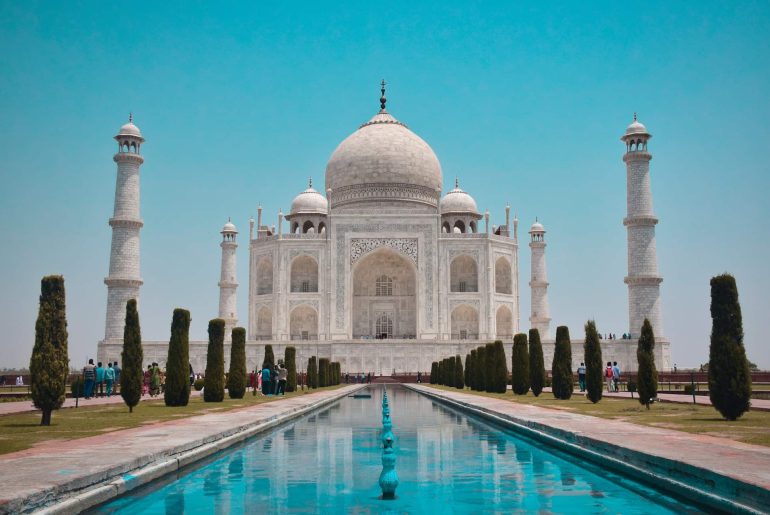
Islamic architecture is a captivating testament to the Islamic world’s cultural heritage and artistic excellence. It has inspired people globally for centuries through intricate geometric patterns, towering minarets, and majestic domes. This article explores Islamic architecture’s beauty, history, and symbolism, emphasizing its contributions to art and design. Join us to discover mesmerizing structures, unravel historical origins, explore key elements, and gain a deeper understanding of the profound meaning embedded within these architectural masterpieces.
Historical Origins: Tracing the Roots of Islamic Architectural Traditions
Islamic architecture has its roots in various pre-Islamic civilizations, including the ancient Egyptians, Mesopotamians, Persians, and Byzantines. The early Islamic period saw the construction of impressive structures such as the Great Mosque of Damascus and the Alhambra in Spain, which combined influences from different cultures and religions. As the Islamic empire expanded, each region developed its unique interpretation, showcasing the adaptability and creativity of Islamic architects throughout history.
Key Elements: Unraveling the Aesthetics and Design
Islamic architecture is known for its intricate geometric patterns, symmetrical designs, and elaborate calligraphy. These patterns, created using tiles or carved plasterwork, provide a visually captivating experience. Calligraphy, considered sacred in Islam, adds elegance and spiritual significance to architectural designs. Harmonious courtyards and gardens connect with nature, offering peaceful havens within bustling cities. These elements enhance the beauty and tranquility of Islamic architecture.
Iconic Structures: Showcasing the Most Noteworthy Examples of Islamic Architecture

Islamic architecture is showcased in three iconic structures: the Great Mosque of Cordoba in Spain, monuments in Jerusalem, the Dome of the Rock, and the Taj Mahal in India. These masterpieces display the beauty and intricacy of Islamic design, with features like horseshoe arches, tile work, columns, golden domes, symmetrical gardens, and exquisite marble craftsmanship. These structures hold religious significance and are admired for their artistry and splendor. It fascinates architecture enthusiasts and those who appreciate beauty, offering a rich heritage and iconic designs that continue to inspire and amaze.

Symbolism and Meaning: Understanding the Spiritual and Cultural Significance
For Muslims, mosques are more than just places of worship; Muslims are community centers where people gather for prayer, socializing, and various activities. Through their architecture, mosques embody the principles and beliefs of Islam, with features like minarets, domes, and calligraphy creating a spiritual atmosphere. Symmetry and geometric patterns represent order and harmony, reminding Muslims of the divine presence, while symbolic elements like water features and geometric patterns symbolize purity and infinity. The orientation of mosques towards the Kaaba in Mecca holds deep meaning, representing the unity and devotion of the Muslim community.
Contemporary Adaptations: Discovering the Modern Interpretations and Innovations
Contemporary Islamic architecture merges traditional and modern elements, creating innovative and captivating structures. Architects globally incorporate Islamic influences, resulting in visually stunning buildings that enhance intricate patterns and spatial arrangements using modern construction techniques. This showcases the timelessness and adaptability of Islamic architectural principles, leaving a lasting impact on future generations. Preservation and contemporary adaptations promote understanding and appreciation of the diverse and vibrant Islamic world.






